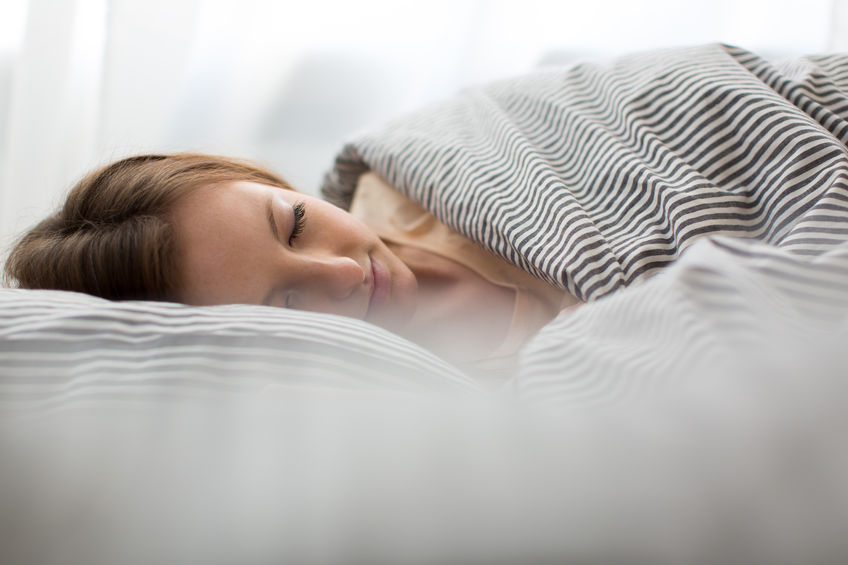How allergy sufferers can get a good night’s sleep
We all deserve a good night’s sleep each and every night. A full night in the land of nod should leave you refreshed and revived ready to face whatever the day ahead has in store for you. However, for some of us, bedtime can bring misery and health issues that can mean fitful nights and exhausted days. If you find yourself wheezing and sneezing with a runny nose and eyes as soon as you hit the hay, it is highly likely that you have an allergy to dust mites.

Home fever
At the last count a hefty 12 million Brits reported suffering from ‘home fever’; a term used by the charity Allergy UK to describe out-of-season hay fever symptoms. Hay fever strikes when pollen levels are high and vary seasonally, while ‘Home fever’ on the other hand is a year round condition triggered by allergens found in the home, in particular in mattresses and bedding, with dust mites being one of the most common allergens. Dust mites are miniscule creatures, less than a quarter of a millimetre in length that thrive in humid conditions living off human skin cells. For this reason beds are the perfect environment for them to survive. However, it’s not the mites themselves that cause the allergies, it’s actually their droppings. Therefore, even once the mite itself is dead, sadly for the sufferer, the allergy continues.
Getting rid of dust mites
But do not despair! There is hope for you if you if you are one the 12 million. There are some steps you can take to help eliminate dust mites:
- Use an allergen proof mattress cover.
- Make sure all bedding is washed every week at a temperature of at least 60 degrees. A lower temperature will dissolve the allergens but will not kill the mites.
- Vacuum your mattress, soft furnishings and carpets regularly.
- Use a steam cleaner on these surfaces occasionally.
It is really important also to ensure you change your mattress at least every eight years, and at the next change you should seriously consider a hypoallergenic mattress.
Hypoallergenic mattresses
For those that suffer from allergies, hypoallergenic mattresses are a godsend. These mattresses are constructed using all materials that do not create a viable living environment for dust mites, so the allergens are never present to create symptoms. Say goodbye to the wheezing and sneezing! Available as memory foam, pocket sprung, traditional spring or latex mattresses, there is sure to be a hypoallergenic mattress to suit you.
Your bedroom should be a haven of rest and tranquillity, so once your bed is sorted with a hypoallergenic mattress, ensure the rest of the room is allergy busted! Vacuum curtains, dust all surfaces, first with a damp cloth and then with a dry and try and continue to maintain a dust-free space.
Reduce humidity
Another great tip is to generally reduce humidity in the room, eradicating the perfect living environment for dust mites. This can be achieved by:
- Increasing ventilation by simply keeping vents and windows open.
- Using a dehumidifier to keep humidity in the room between 30 and 50%.
- Using an air purifier to trap large airborne allergens. These include house mite remains, pollen and mould spores.
So it’s not all doom and gloom for allergy sufferers. Check out our range of hypoallergenic mattresses and make the first step towards enjoying restful sleep every night.
12th September 2016 - Written by Laura Ewart

